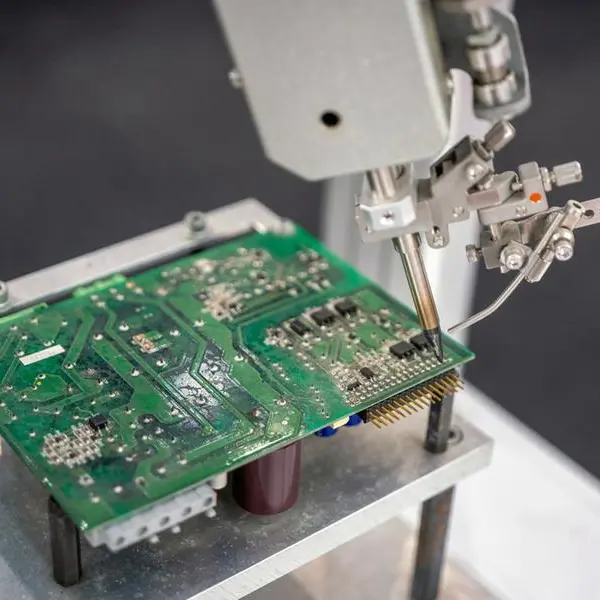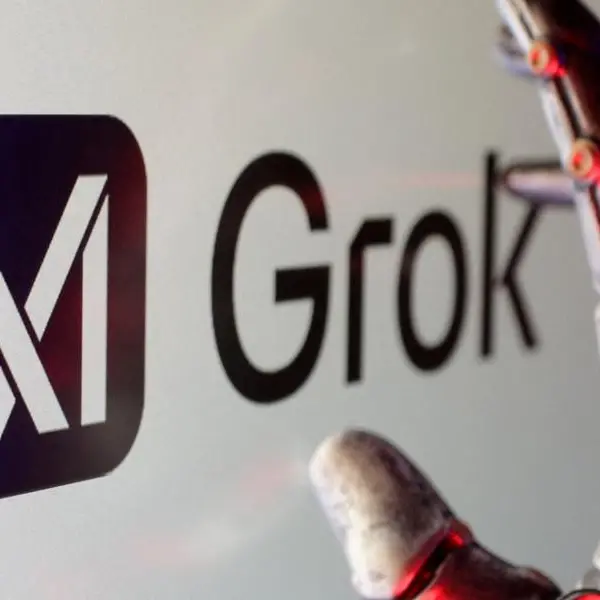PHOTO
The U.S. Treasury Department on Tuesday released detailed guidance on wage and apprenticeship requirements for projects using clean energy tax credits, providing flexibility for fixing underpayment errors and for projects unable to hire apprentices.
The proposed new Internal Revenue Service rules for construction of clean energy production and manufacturing facilities build on initial guidance last year in the Inflation Reduction Act, which has enabled the announcement of more than $110 billion worth of clean energy manufacturing investments.
By paying the prevailing wage based on Labor Department rules and ensuring the use of qualified apprentices, companies can earn five times the baseline value of tax credits for IRA-qualified projects.
"The notice of proposed rulemaking (that) Treasury's releasing today provides employers and workers with more clarity on the IRS's guardrails, incentivizing employers to adopt worker centered practices and ensures compliance is streamlined," U.S. Deputy Treasury Secretary Wally Adeyemo told reporters.
Among key new details released are provisions to waive penalties for companies that pay less than an area's prevailing wage if they correct the error within 30 days of becoming aware it, or before they apply for the tax credit. The company must pay back wages, plus interest.
For qualifying facilities being built with project labor agreements, which often involve strong union job protections, developers can correct wage errors without penalty if they do so before applying for tax credits. Treasury officials said this would most likely encourage the use of more project labor agreements on IRA job sites.
Another key provision announced on Tuesday is a "good faith" exception from using registered apprenticeship programs if there is none available in the project's location. The act requires 12.5% of project labor hours to be performed by qualified apprentices for construction beginning in 2023 and 15% for those starting in 2024 or thereafter - provisions aimed at incentivizing the training of more skilled construction workers.
Clean energy executives have raised concerns about the potential for labor shortages and a lack of apprenticeship programs in some areas.
Under the new guidance, project owners can still qualify for the full tax credit value if they demonstrate a "good faith effort" to meet the requirements, including making written requests to qualified programs.
The Treasury and IRS will collect written public comments on the proposed rules until Oct. 30, with a public hearing scheduled for Nov. 21.
(Reporting by David Lawder. Editing by Gerry Doyle)





















